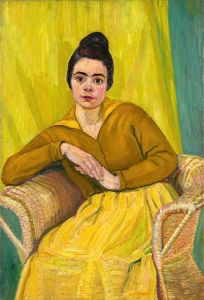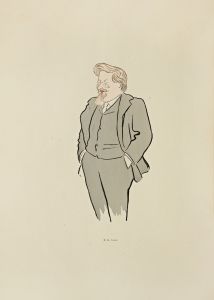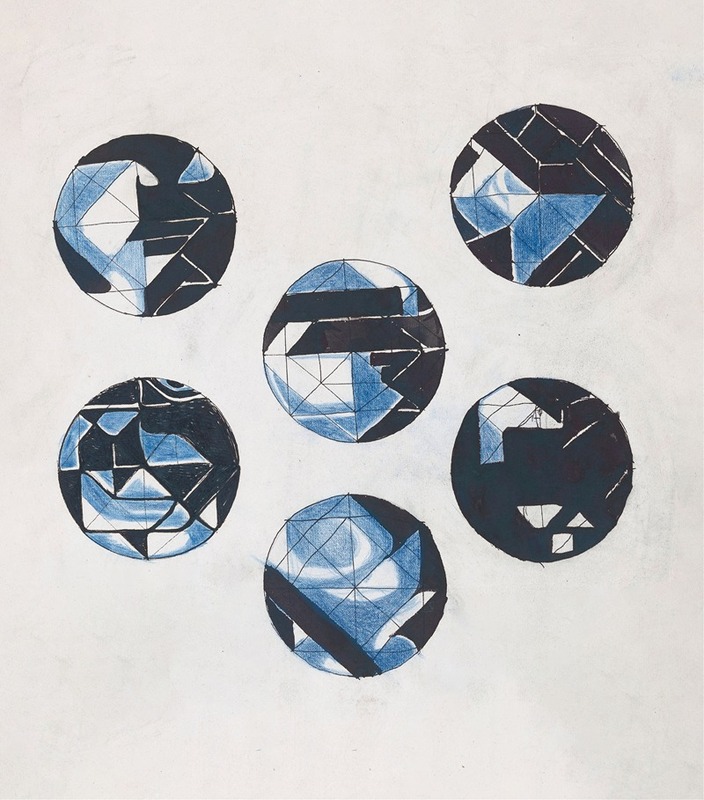
Zes cirkelvormige ontwerpen
A hand-painted replica of Richard Nicolaüs Roland Holst’s masterpiece Zes cirkelvormige ontwerpen, meticulously crafted by professional artists to capture the true essence of the original. Each piece is created with museum-quality canvas and rare mineral pigments, carefully painted by experienced artists with delicate brushstrokes and rich, layered colors to perfectly recreate the texture of the original artwork. Unlike machine-printed reproductions, this hand-painted version brings the painting to life, infused with the artist’s emotions and skill in every stroke. Whether for personal collection or home decoration, it instantly elevates the artistic atmosphere of any space.
Richard Nicolaüs Roland Holst (1868–1938) was a prominent Dutch artist, designer, and writer associated with the Arts and Crafts movement in the Netherlands. He is known for his contributions to decorative art, stained glass, and graphic design, as well as his role in promoting the ideals of art as a means of social and cultural enrichment. Among his works is "Zes cirkelvormige ontwerpen" (translated as "Six Circular Designs"), a series of six circular compositions that reflect his mastery of form, symmetry, and symbolism.
"Zes cirkelvormige ontwerpen" is a notable example of Roland Holst's approach to design, which often combined elements of Art Nouveau with influences from medieval and Renaissance art. The circular format of these designs suggests a focus on harmony and balance, principles that were central to his artistic philosophy. The designs are characterized by intricate patterns, flowing lines, and a sense of rhythm that ties the individual elements together into cohesive compositions. Roland Holst's work often incorporated allegorical and symbolic themes, though specific interpretations of the motifs in "Zes cirkelvormige ontwerpen" are not widely documented.
The series was likely created as part of Roland Holst's broader engagement with applied arts, which included designs for stained glass windows, book covers, and murals. His work was deeply influenced by the social ideals of the Arts and Crafts movement, which sought to integrate beauty and craftsmanship into everyday life. Roland Holst believed in the transformative power of art and its ability to inspire and uplift society, a belief that is evident in the meticulous detail and thoughtfulness of his designs.
"Zes cirkelvormige ontwerpen" exemplifies Roland Holst's ability to merge aesthetic beauty with functional design. While the specific purpose or commission for these designs is not well-documented, they align with his broader body of work, which often served both decorative and symbolic purposes. His designs were frequently used in architectural contexts, such as stained glass windows or decorative panels, though it is unclear whether this particular series was ever realized in such a form.
Richard Roland Holst was married to the poet and socialist Henriette Roland Holst, and their shared commitment to social ideals often influenced his artistic output. His work remains an important part of Dutch cultural heritage, and his designs continue to be appreciated for their artistic and historical significance.
Further details about "Zes cirkelvormige ontwerpen," including its exact date of creation, medium, and current location, are not readily available in existing historical records.






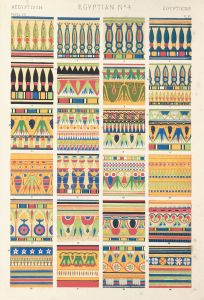
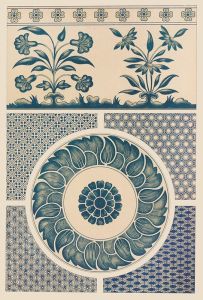
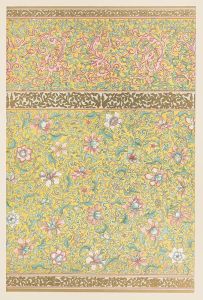
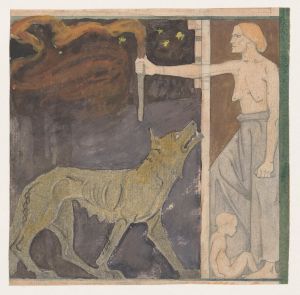
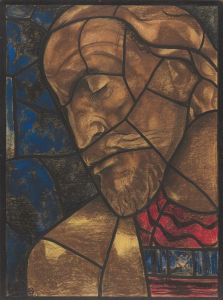
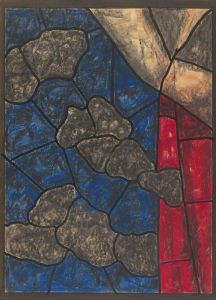
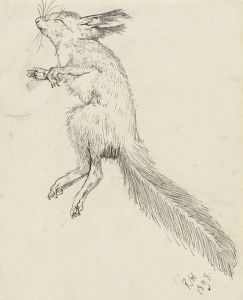
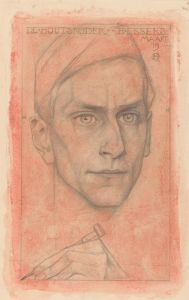
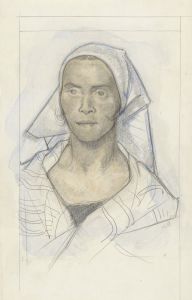
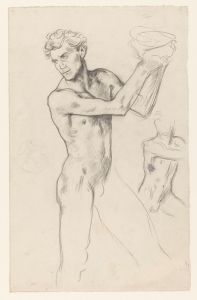
![Interior design drawings for unidentified rooms.] [Sketch for interior, possibly hotel lobby](/imgs/249361/s/winold-reiss-interior-design-drawings-for-unidentified-rooms-sketch-for-interior-possibly-hotel-lobby-c271d10.jpg)
